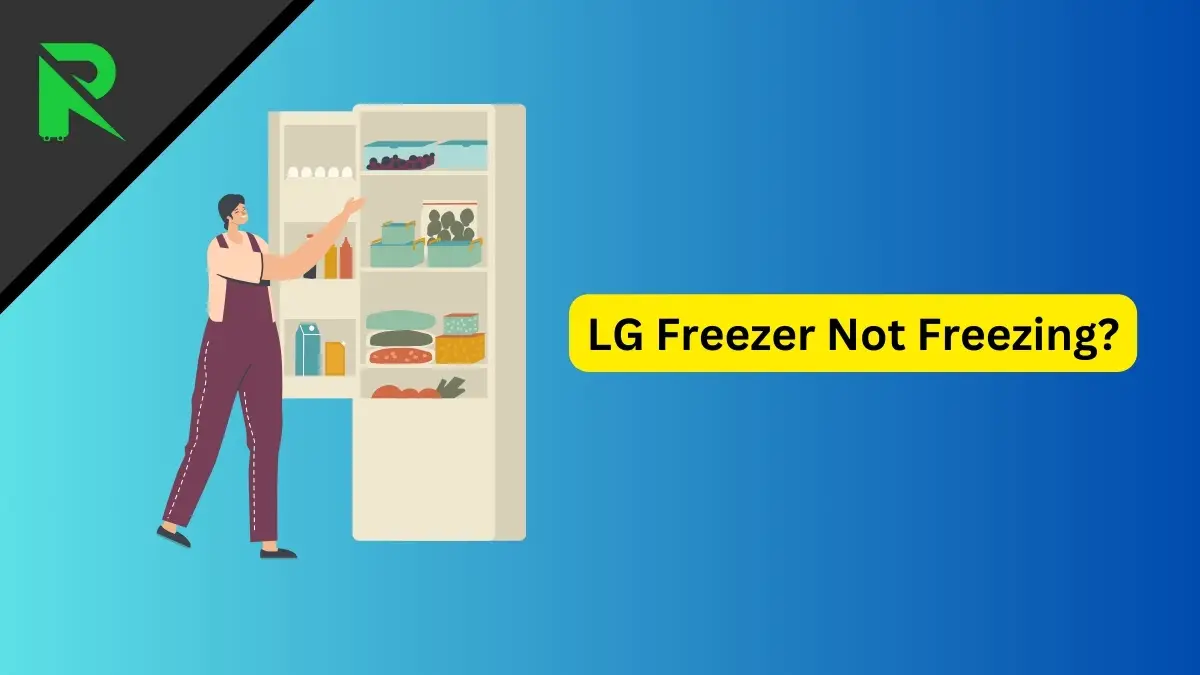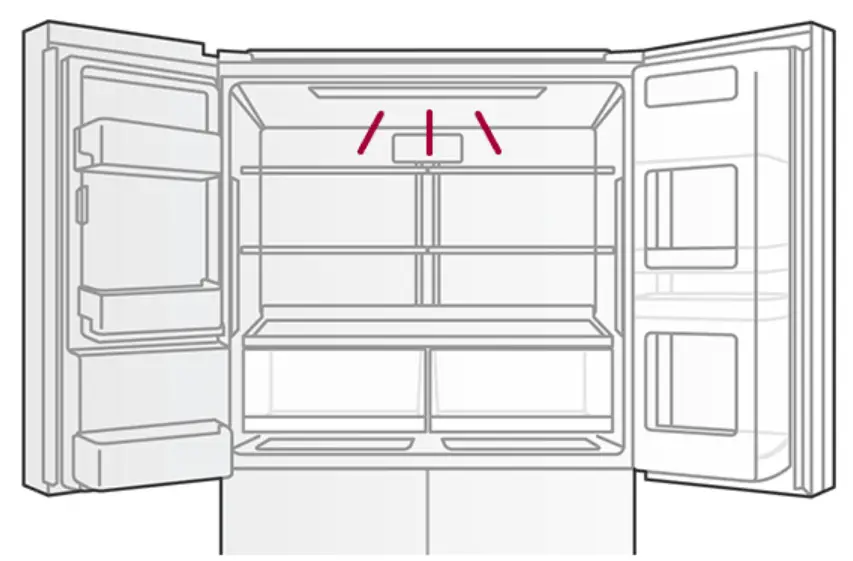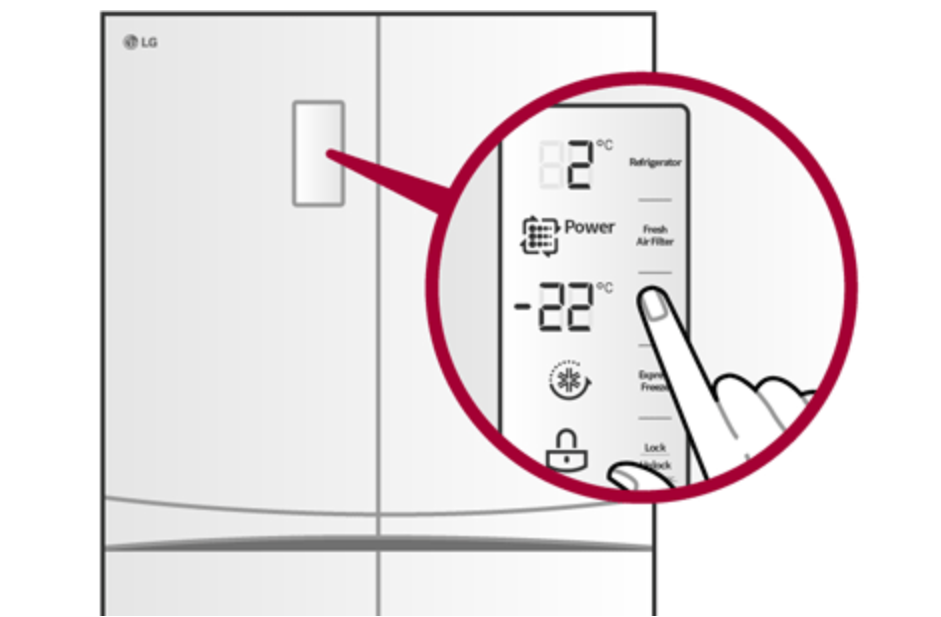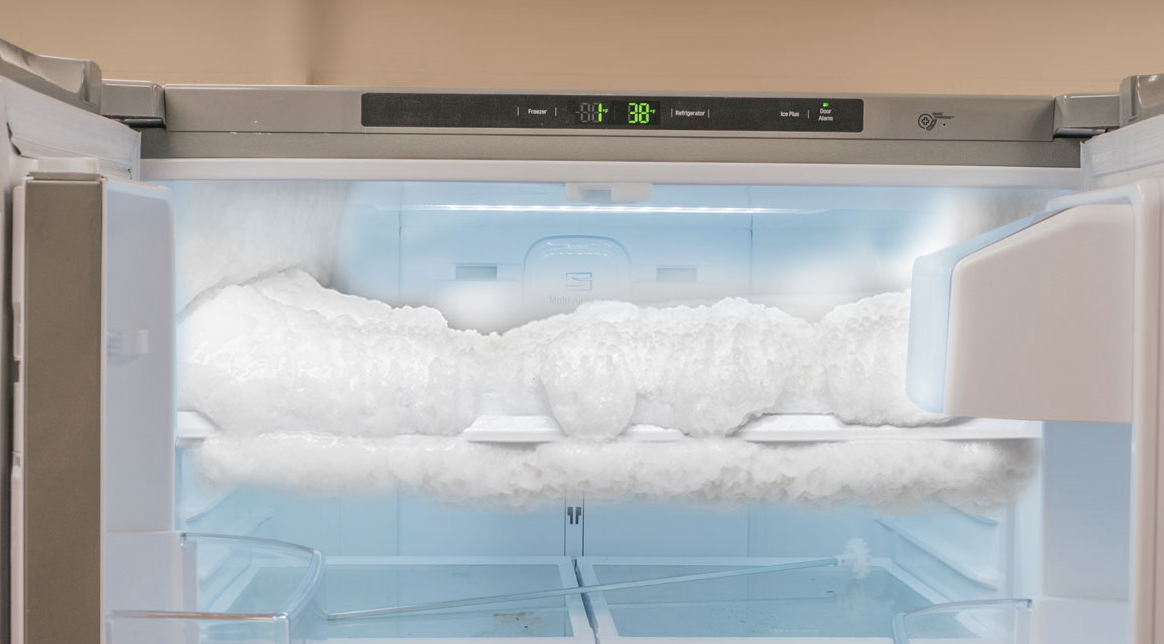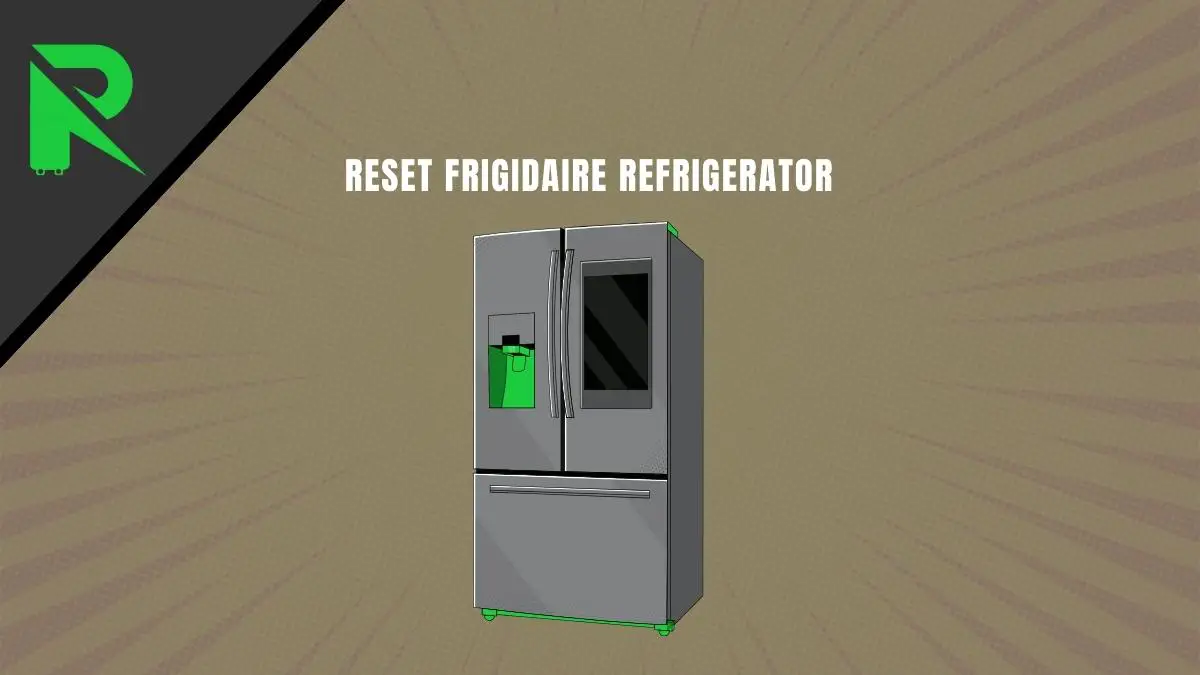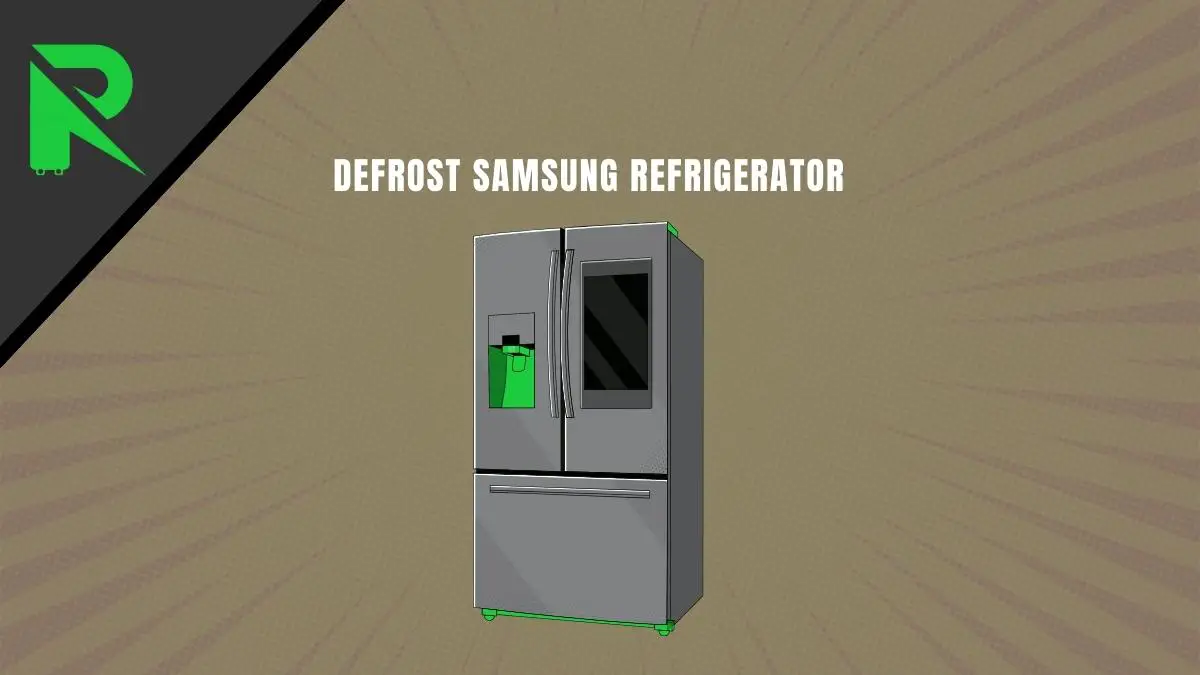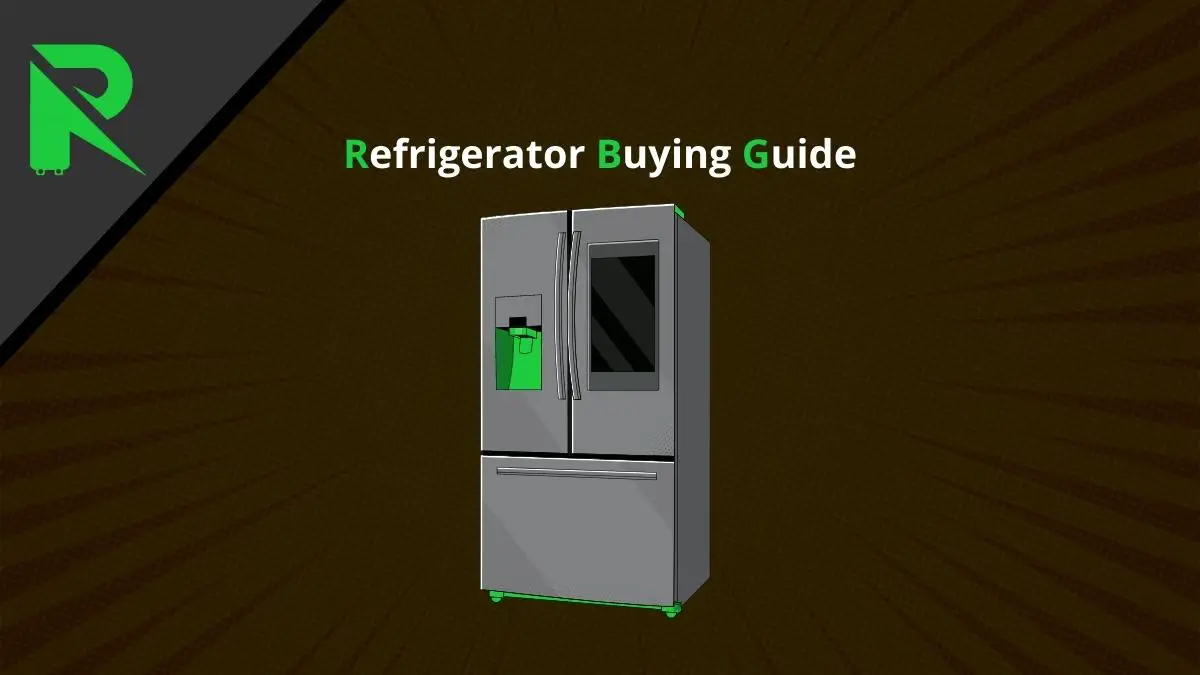Having an LG refrigerator freezer that fails to properly cool food is very inconvenient. However, there are several troubleshooting steps you can take to identify and resolve common issues before calling for service. This article will provide a quick action list and detailed step-by-step instructions to help you get your LG refrigerator freezer cooling again.
Quick Summary:
| Step | Action |
|---|---|
| 1 | Check the Temperature Settings |
| 2 | Clean the Condenser Coils |
| 3 | Inspect the Evaporator Fan |
| 4 | Examine the Freezer Gasket |
| 5 | Defrost the Freezer |
| 6 | Test the Defrost Thermostat |
| 7 | Evaluate the Condenser Fan Motor |
| 8 | Verify the Damper Control Assembly |
| 9 | Inspect the Compressor |
| 10 | Check for Refrigerant Leaks |
| 11 | Monitor the Temperature for Improvements |
1. Check the freezer’s power supply
Start troubleshooting by verifying that the power outlet for the freezer is working correctly. Plug a device like a phone charger into the outlet to double-check that electricity flows. Ensure the freezer’s plug is fully inserted into the outlet. Flip the breaker off and back on for freezers on a dedicated breaker.
2. Examine the temperature controls
On the freezer’s control panel, examine what temperature the freezer is set to. Turn the dial down to a colder setting or adjust digital controls to ensure the freezer receives the cool-down command. Reset controls or restart the freezer if needed.
3. Clean the condenser coils
Dust on the freezer’s condenser coils can prevent proper airflow for cooling refrigerant lines. Unplug the freezer, then use a vacuum or brush to clean off any debris, dirt, or dust-blocking coils. Check out Appliance Repair’s video below.
4. Check for frost build-up
Heavy frost inside freezer compartments insulates the unit and prevents it from properly removing heat. Carefully scrape off frost or gently use a hair dryer to thaw and melt any heavy ice accumulation.
5. Replace faulty parts
Components like thermostats, control boards, or fans may need replacement if other steps do not successfully troubleshoot the warm freezer. Consult the wiring guide for your LG freezer’s model to determine which part needs to be swapped out and order replacements. Work slowly when removing any covers, and take photos before disconnecting wires.
With focused troubleshooting and targeted repairs, an LG freezer that is not freezing can often be returned to reliable operation. Be sure to carefully track any changes made during the repair process as well. If problems persist, then contacting LG for service by a qualified appliance technician is the best approach. With proper repairs, foods can safely stay frozen again.
Helpful Tips:
- Regularly clean the refrigerator coils to prevent dust buildup.
- Keep the freezer door closed as much as possible to maintain a consistent temperature.
- Set the refrigerator in a well-ventilated area to ensure proper heat dissipation.
- Follow the manufacturer’s guidelines for temperature settings and maintenance.
Conclusion
Fixing an LG refrigerator freezer that is not cooling properly requires a systematic approach. By following the steps outlined in this guide, you can identify and address common issues that may be affecting the freezer’s performance. Regular maintenance and prompt attention to problems can extend the lifespan of your refrigerator and ensure it continues to operate efficiently.
What’s Our Take on This Topic?
As an appliance repair expert with over 15 years of experience, I’ve worked extensively on fixing LG refrigerators and freezers. The most common causes I’ve come across for the freezer section not freezing properly include – faulty temperature sensors or control boards, problems with the door seals leading to warmer air leakage inside, clogged condenser coils hampering optimal performance, and issues with the evaporator fan motor or defrost components like the thermostat and heater.
Replacing damaged hardware components and doing periodic maintenance checks on the seals, condenser coils, door alignment, etc., usually resolves this problem. Also, allowing adequate cool-down periods after adjustments instead of overloading the freezer helps. In rare cases, there could be refrigerant leaks requiring an expert technician’s intervention. Following the recommendations in this how-to guide and elaborating on various troubleshooting methods should help readers get more life out of their LG freezer appliances. Timely fixes prevent food spoilage, provide utility savings, and give peace of mind to consumers for years to come.
